Mitigating Transfer Pricing Risks
- Posted by admin
- On January 3, 2025
- 0 Comments
In an increasingly globalized economy, businesses must navigate complex transfer pricing regulations to ensure they meet compliance requirements and avoid costly mistakes. In response to these challenges, HM Revenue & Customs (HMRC) has published a new set of guidelines aimed at helping UK businesses mitigate risks and improve the effectiveness of their transfer pricing practices. Released on September 10, 2024, these guidelines address common risks in transfer pricing approaches, offering practical solutions for maintaining compliance and avoiding the common pitfalls that companies often encounter.
Transfer pricing—the pricing of goods, services, or intangibles between related parties within a multinational enterprise—has been a significant focus for tax authorities worldwide due to its potential for tax avoidance and profit shifting, especially in the UK, where HMRC has strict expectations for businesses operating within its jurisdiction.
l. Understanding the Scope of HMRC’s Guidelines and Compliance Risk
The newly released HMRC guidelines are tailored to various audiences, from finance and risk management professionals to in-house tax teams and external advisers. These guidelines aim to clarify what HMRC expects from businesses as they plan and implement their transfer pricing strategies. Businesses operating in the UK, or with UK-based subsidiaries, can now use these resources to better understand compliance obligations and how to manage their risks effectively.
Compliance risk can arise and the credibility of the declaration that the tax return is correct undermined where:
- Functional analysis is relied upon without such annual checks
- The same comparables are used for more than 3 years without an updated search being performed despite annual checks.
In order to mitigate the compliance risk, the guidelines are structured into several key sections:
i. Managing Compliance Risk for UK Businesses
This section, intended for those overseeing UK transfer pricing risk management, offers a framework for businesses to identify the scope of their transfer pricing obligations. It emphasizes the need for robust governance, internal controls, and regular checks to ensure compliance.
Key actions highlighted include:
-
- Define Scope: Identify transactions subject to transfer pricing rules, ensuring proper documentation and justification.
- Governance and Controls: Establish procedures to monitor and review policies regularly, ensuring related-party transactions follow arm’s length principles.
- Evidence Arm’s Length Return: Maintain sufficient documentation to prove related transactions meet market conditions. Perform annual checks when functions, assets, and risks (FAR) are rolled forward.
ii. Common Compliance Risks
This part of the guidance focuses on specific risks that companies face during the compliance process. It is designed for specialists, such as in-house tax experts or external consultants, and includes detailed indicators of higher risk.
Key areas of focus include:
-
- Higher Risk Indicators: HMRC highlights risk factors that increase the chance of scrutiny, such as inconsistent documentation, discrepancies in benchmarking, or overly aggressive transfer pricing policies misaligned with market conditions.
- HMRC’s Recommendations for Best Practice: Businesses should proactively review and update transfer pricing policies, refresh benchmarking analyses, and maintain open communication with tax authorities.
- Supporting and Evidencing an Arm’s Length Return: Detailed documentation, including contracts, agreements, and third-party comparables, is essential to demonstrate compliance with arm’s length pricing.
iii. Materiality for reporting transactions in the local file
HMRC’s guidelines emphasize the role of materiality in determining which intercompany transactions must be reported in the Local File. Focusing on materiality thresholds helps businesses prioritize compliance by avoiding unnecessary reporting for minor transactions while ensuring significant or high-risk ones are properly documented.
Materiality refers to a transaction’s financial impact and potential risk to tax filings. According to INTM450104, HMRC’s de minimis threshold is £1 million, meaning transactions below this value don’t require reporting, but those above must meet documentation standards to mitigate compliance risks.
iv. Indicators of Transfer Pricing Policy Design Risk
The final section delves into common risks associated with the design and implementation of transfer pricing policies. It offers insights into how businesses can avoid the most frequent mistakes, ensuring that their transfer pricing arrangements meet both local and international standards.
Key considerations include:
-
- Policy Design Flaws: Poorly designed transfer pricing policies can lead to significant compliance risks. For example, if a company’s transfer pricing methodology fails to reflect current economic conditions or industry standards, it may trigger additional scrutiny from tax authorities.
- Implementation Risks: Even well-designed policies can be improperly implemented. HMRC stresses the importance of ensuring that the company’s internal processes and operations align with the designed transfer pricing policy. This includes regular training for staff, proper documentation of transactions, and ongoing monitoring of transfer pricing arrangements.
II. Preparing and retaining a supporting information file
HMRC’s guidelines stress the importance of preparing and retaining a supporting information file to demonstrate compliance with the arm’s length principle. This proactive documentation helps mitigate the risk of penalties or audit adjustments.
Key components of the file include:
- Transaction Documentation: Record intercompany transactions (contracts, invoices) to show pricing aligns with market standards.
- Functional Analysis: Detail the roles and risks of each entity, with annual updates to justify pricing decisions.
- Benchmarking Studies: Compare pricing to unrelated parties, updating every three years with annual reviews.
- Transfer Pricing Methodology: Explain why a specific method was chosen and how it reflects the arm’s length principle.
- Evidence of Arm’s Length Pricing: Provide third-party comparables, industry data, or valuations to support pricing.
- Regular Updates: Periodically review and update the file to reflect changes in business or market conditions.
- Materiality: Prioritize transactions exceeding HMRC’s £1 million materiality threshold.
- Retention: Keep documentation for at least six years or longer if there are significant changes.
- A well-maintained, up-to-date file reduces compliance risks and demonstrates adherence to HMRC guidelines.
VI. Best Practices for Managing Transfer Pricing Risk
Transfer pricing risk is a critical concern for finance and risk functions within businesses. The new HMRC guidelines emphasize several best practices to help companies manage their transfer pricing risk effectively. These include:
- Proactive Review of Policies: Transfer pricing policies should be reviewed regularly to ensure they remain compliant with evolving tax regulations and market conditions.
- Governance and Documentation: Establishing a strong governance framework with clear internal controls and maintaining detailed documentation is essential for mitigating transfer pricing risk.
- Arm’s Length Principle: Businesses must continuously demonstrate that their intercompany transactions adhere to the arm’s length principle. This involves conducting regular benchmarking analyses and documenting the rationale behind transfer pricing decisions.
V. Next Steps and Further Information
HMRC’s guidelines provide a valuable resource for businesses seeking to improve their transfer pricing compliance. For those managing compliance risk, it is recommended to review these guidelines in detail and assess whether current transfer pricing policies meet HMRC’s expectations.
For specialists working in transfer pricing, the guidance provides deeper insights into higher-risk areas and how to mitigate them. Additionally, HMRC has included further information on next steps, feedback, and relevant legislation to guide businesses through the transfer pricing compliance process. For more details, businesses can access the full guidelines directly from HMRC’s official website.
V. Summary
In summary, as the complexity of global transfer pricing continues to grow, these new HMRC guidelines offer critical insights into how UK businesses can manage their transfer pricing risk effectively. By following best practices and staying aligned with HMRC’s expectations, companies can mitigate compliance risks and ensure that their transfer pricing policies are robust, well-documented, and defensible in the face of scrutiny.











0 Comments